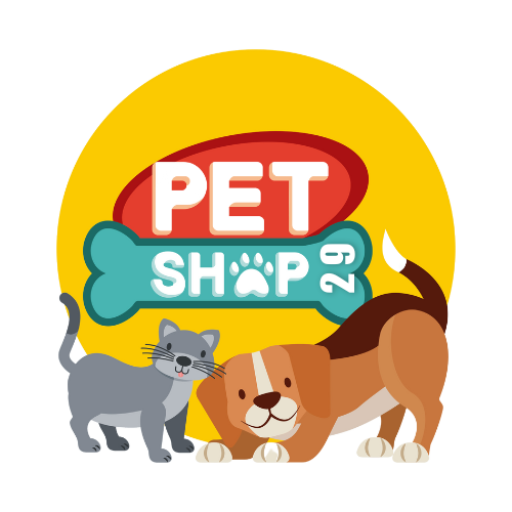Training your dog is a crucial part of ensuring they become well-behaved and happy members of your family. Dog training toys are invaluable tools that can make the training process more effective and enjoyable for both you and your pet.
In this article, we’ll explore the benefits of using training toys, how to select the best ones, and some top recommendations to enhance your training sessions.
The Benefits of Dog Training Toys
- Motivation: Training toys can serve as a powerful motivator for dogs. Whether it’s a tug toy or a treat-dispensing toy, these tools can encourage your dog to learn and obey commands.
- Focus: Using toys during training sessions helps keep your dog focused and engaged. This is especially useful for high-energy dogs that might otherwise be easily distracted.
- Positive Reinforcement: Training toys allow for positive reinforcement, which is a highly effective training method. Rewarding your dog with a toy for good behavior reinforces the behavior you want to see more of.
- Bonding: Training with toys provides opportunities for positive interaction and bonding with your dog. It helps build a strong relationship based on trust and cooperation.
- Mental and Physical Stimulation: Many training toys also provide mental and physical stimulation. This helps to keep your dog’s mind sharp and body active, reducing the likelihood of boredom and related behavioral issues.
What to Look for in Dog Training Toys
- Durability: Choose toys made from sturdy materials that can withstand regular use during training sessions. Durable toys are essential, especially if your dog is a strong chewer.
- Safety: Ensure the toys are made from non-toxic materials and do not have small parts that could be swallowed. Always supervise your dog during training sessions to ensure their safety.
- Suitability for Training Goals: Select toys that align with your training objectives. For example, if you’re teaching fetch, choose a good ball or fetch toy. If you’re working on impulse control, a treat-dispensing toy might be more appropriate.
- Ease of Use: Training toys should be easy for you to use and manage during training sessions. Look for toys that are easy to throw, hold, or manipulate as needed.
- Engagement: The toy should be engaging and interesting to your dog. Bright colors, interesting textures, and interactive features can help maintain your dog’s interest.
Top Dog Training Toy Recommendations
- KONG Classic Dog Toy: This versatile toy can be used for training sessions involving fetching and retrieving. It can also be stuffed with treats to encourage problem-solving and reward-based training.
- Chuckit! Ultra Ball: Ideal for fetch training, this durable ball bounces high and floats on water. It’s made from tough, non-toxic rubber, ensuring it can withstand vigorous play.
- Nylabone Power Chew Textured Dog Chew: Great for training sessions that involve chewing and teething, this toy is designed to be long-lasting and satisfy your dog’s natural urge to chew.
- Outward Hound Interactive Puzzle Toys: These toys are excellent for mental stimulation and problem-solving training. They require your dog to work out how to access hidden treats, keeping them engaged and challenged.
- Tug-A-Jug by PetSafe: This multi-functional toy can be used for tugging, chewing, and treat-dispensing. It’s perfect for teaching impulse control and rewarding good behavior.
- ZippyPaws Skinny Peltz: These plush toys are great for teaching fetch and retrieve commands. They have no stuffing, reducing mess, and feature multiple squeakers to keep your dog interested.
- Starmark Treat Dispensing Chew Ball: This durable ball dispenses treats as your dog plays with it, making it perfect for training sessions focused on reward-based learning and mental stimulation.
Tips for Using Dog Training Toys
- Consistency: Use training toys consistently during your training sessions. Consistency helps reinforce learning and makes it easier for your dog to understand what is expected of them.
- Positive Reinforcement: Always use positive reinforcement when training with toys. Reward your dog immediately after they perform the desired behavior to strengthen the association.
- Short Sessions: Keep training sessions short and focused to prevent your dog from becoming overwhelmed or bored. Aim for multiple short sessions throughout the day rather than one long session.
- Mix It Up: Use a variety of training toys to keep your dog engaged and prevent them from becoming bored. Different toys can be used to teach different commands and behaviors.
- End on a Positive Note: Always end training sessions on a positive note. Finish with a command your dog knows well and reward them generously. This ensures they leave the session feeling successful and motivated.
Conclusion
Dog training toys are essential tools that can make the training process more effective, enjoyable, and rewarding for both you and your dog.
By choosing the right toys and using them strategically, you can enhance your dog’s learning experience, keep them mentally and physically stimulated, and strengthen the bond between you and your furry friend.
Invest in high-quality training toys and watch your dog thrive as they learn new commands and behaviors with enthusiasm and joy.


Leave a Reply